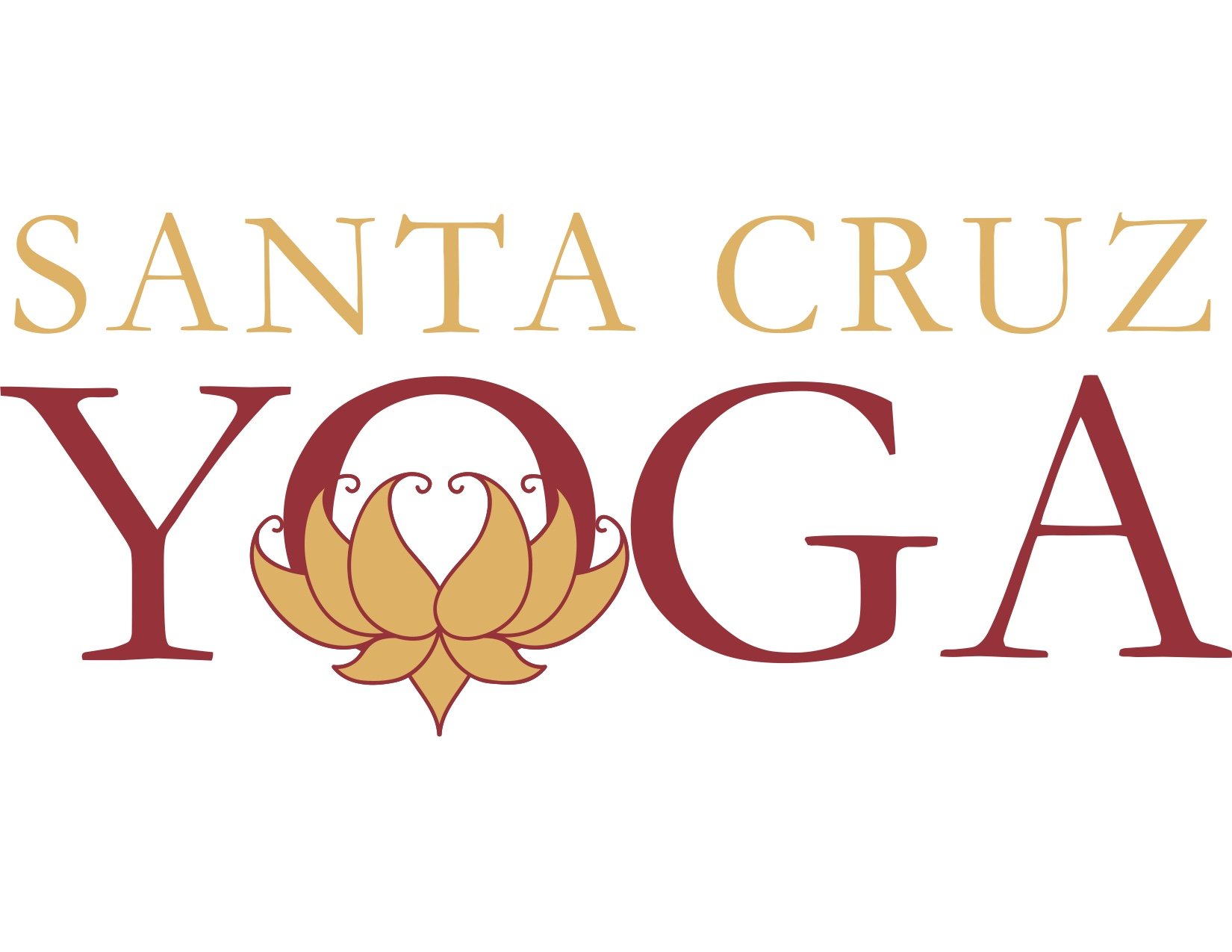200 Hour Teacher Training 2019
Application Deadline: September 1st
Deep Inquiry
The Santa Cruz School of Yoga training is designed with a central organizing principle at its heart: to teach Yoga effectively, the teachers need to be engaged in their own inner work. Through 7 months of study in asana, functional movement and anatomy, subtle body, pranayama and meditation, trauma-awareness and psychology, all set in the context of Buddhist and Yogic history and philosophy, participants will gain the tools and confidence to start their work as teachers of this vast practice. The 200 hr training will be a deep dive into the current paradigm of modern Yoga, and the small group setting will set the stage for safety, connection, and optimal learning.
The modern yoga class is a stand in for a number of things: church, community, exercise, self-discovery, entertainment, and healing, to name a few. This can leave current and prospective teachers of yoga overwhelmed and under-prepared for the demands and expectations of teaching to a public that is as varied in their approach and intention as they are in their physical experience and ability. Our aim in this training is to bridge the gap between theory and practice, and give the prospective teachers and experienced practitioners the tools for seeing clearly, for understanding that choice and discernment are foundational to the practice of yoga, and that one size never fits all. Through seven months of intensive study, comprising of three immersions and four weekend sessions, the participants will gain the knowledge, confidence, and experience necessary to teach effective and impactful yoga classes to real bodies, in an ever dynamic and changing world. The training will emphasize the importance of building, developing, and sustaining a holistic personal practice as the well from which you teach. We will explore the foundational aspects of asana, pranayama, and meditation practices, putting them in the context of modern psychology and yogic philosophy. Our explorations within families of asana and their effect on the physical and energetic bodies will include hands on assists and adjustments, demonstration, verbal cues, and energetic attunement. We will learn traditional approaches to sequencing, and play with ‘real life’ and intuitive sequencing and exploratory movement for the times when your plans do not fit the reality of a public class.
In order to be eligible for a Yoga Alliance 200 hr certificate, teacher trainees must have a 90% attendance, complete the course work, pass a written exam and teach a forty five minute class.
Although the course is primarily a Teacher Training, serious students who wish to deepen their scope of practice may apply. You will indicate which track you intend to follow in the first question of your application.
Requirements:
Participants must have at least one year of consistent Vinyasa and/or Ashtanga Yoga practice, and be willing and able to participate in all sessions. A 90% rate of attendance is mandatory for graduation for those on the teacher track, as well as completion of the assignments, readings, and successful passing of exams and satisfactory practice teaching sessions.
Tuition:
Early bird $2800. Submit your application by August 15th to qualify for Early Bird Pricing.
$3200 after August 16, 2019
Entire tuition to be paid in full by October 2, 2019
Upon acceptance into the program, $500 non-refundable deposit is required to save your spot
Refund policy:
31+ days prior to training, full tuition is refunded minus nonrefundable deposit
16-30 days prior to training, 50% of tuition, minus nonrefundable deposit is refunded
15 days prior to training, no refund
No refund once training begins
Topics explored include:
Yoga History and Philosophy
Detailed exploration of and deconstruction of asana
Principles of anatomy and biomechanics
Effective pacing, rhythm, and sequencing
Progressive teaching
Developing your voice: Intentional language that is clear, concise, and authentic
Basic Pranayama and Meditation
Ethics and business of Yoga
Considerations for trauma
Sequencing approached from anatomical, energetic, and contextual aspects
Effective modifications for injury prevention and rehabilitation
Creative and effective use of props
Hands-on assists and adjustments for proprioceptive awareness and feedback
Teacher-student relationships and dynamics

